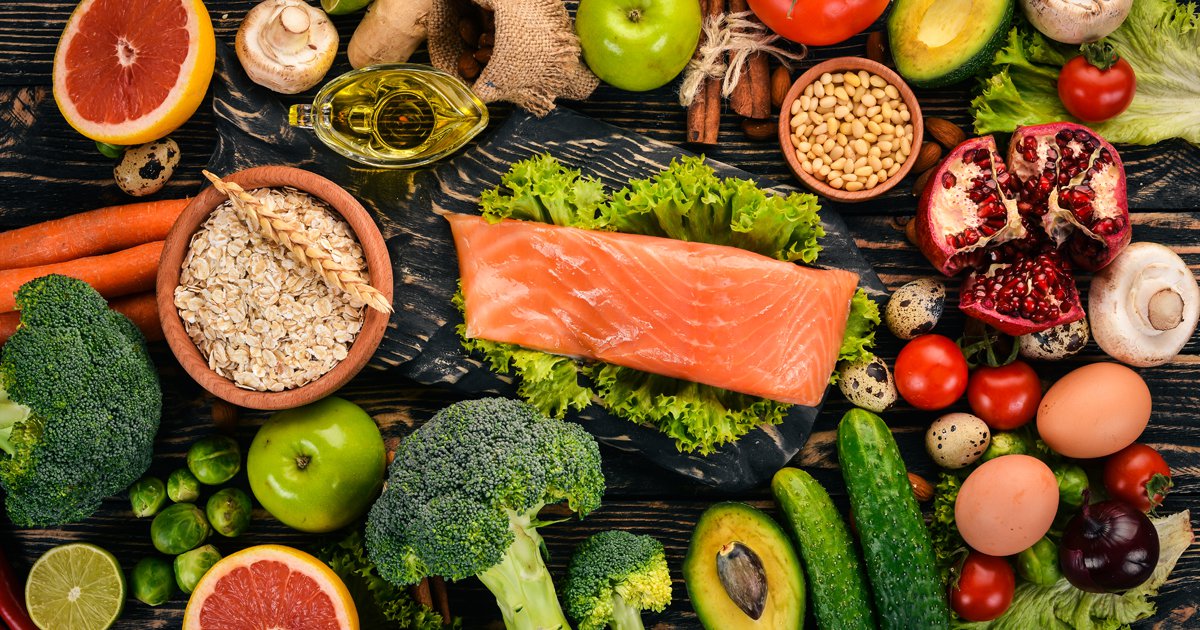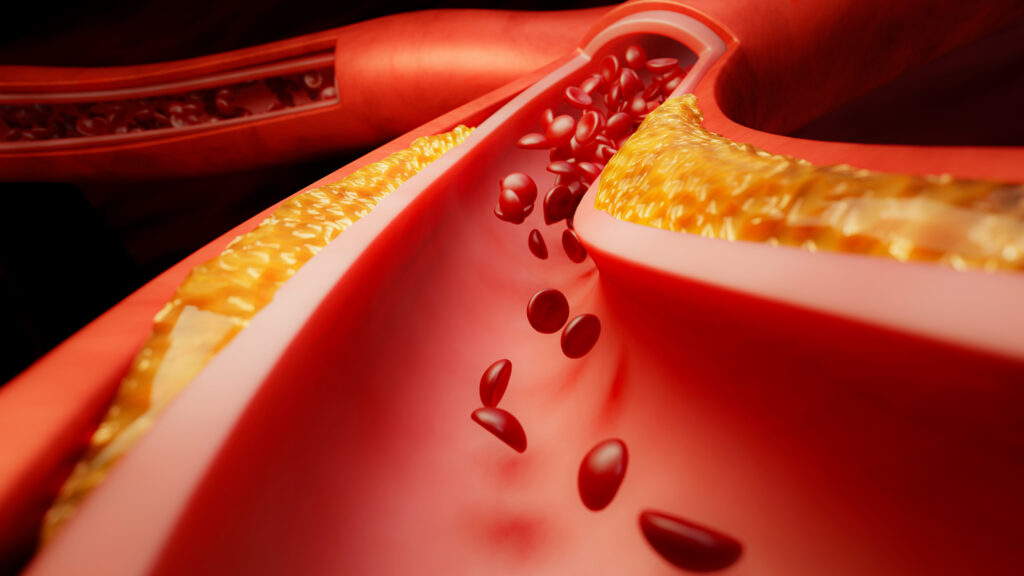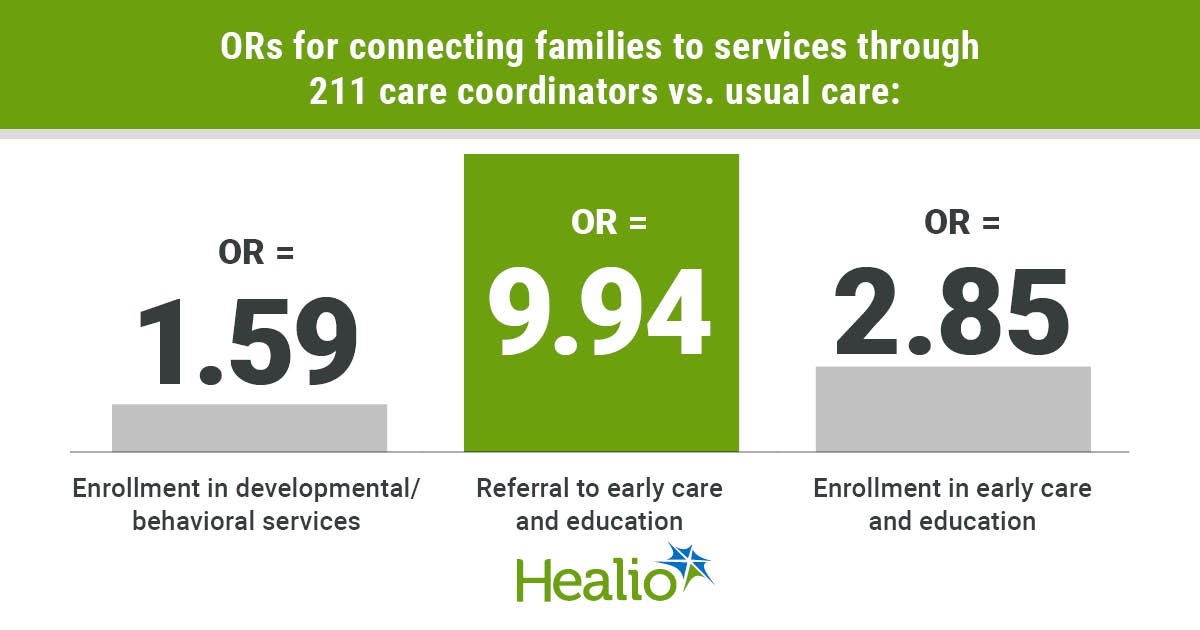November 09, 2025
3 min read
Key takeaways:
- Home-delivered, low-sodium groceries improved BP among residents living in a food desert.
- The improvements were not maintained after the intervention ended.
NEW ORLEANS — Free home-delivered groceries tailored to the low-sodium Dietary Approaches to Stop Hypertension diet improved blood pressure among Black residents with high BP and limited grocery access, according to a new study.
Those who received the home-delivered groceries also had improvements in LDL cholesterol.

Home-delivered, low-sodium groceries improved BP among residents living in a food desert. Image: Adobe Stock
Results of the GoFresh trial were presented at the American Heart Association Scientific Sessions and simultaneously published in JAMA.

Stephen P. Juraschek
“Our research question was to test whether 12 weeks of dietitian counseling and full replacement grocery delivery following a low-sodium heart-healthy diet, known as the DASH diet, can lower blood pressure among Black adults living in areas of Boston that had a fewer number of grocery stores, also previously referred to as food deserts,” Stephen P. Juraschek, MD, PhD, associate professor of medicine at Beth Israel Deaconess Medical Center and associate professor in the department of nutrition and Harvard T.H. Chan School of Public Health, said during a press conference. “Our first principle for the groceries was to cook and prepare meals at home, seasoning with herbs and spices to flavor foods without salt, maintain a potassium sodium ratio of 2:1, reduce saturated fat to less than 7% of all calories and follow a DASH pattern of groceries that emphasizes fruits and vegetables, whole grains, lean meat, low-fat dairy, nuts, seeds and legumes and is restricted in sweets.”
From August 2022 to September 2025, researchers enrolled 180 residents of Boston-area communities with few grocery stores. Participants had elevated BP, no active hypertension treatment and no diabetes (mean age, 46 years; 57% women; mean baseline systolic BP, 130 mm Hg; mean baseline diastolic BP, 79.8 mm Hg).
Participants were randomly assigned to 12 weeks of weekly home-delivered, Dietary Approaches to Stop Hypertension (DASH)-patterned groceries plus dietitian counseling or three $500 stipends provided every 4 weeks for self-directed grocery shopping plus a handout about the DASH diet.
Impact on blood pressure
The primary outcome was difference in 3-month change in office systolic BP between participants assigned to receive DASH-patterned groceries vs. self-directed groceries.
BP measurement and 24-hour urine collection were completed at baseline, 3 months and 3 additional months after intervention discontinuation.
At 3 months, mean systolic BP decreased 5.7 mm Hg in the DASH-patterned group (95% CI, –7.4 to –3.9) vs. 2.3 mm Hg in the self-directed group (95% CI, –4.1 to –0.4; difference in changes, –3.4 mm Hg; 95% CI, –5.9 to –0.8; P = .009), according to the presentation.
After 3 months, participants assigned to receive DASH-patterned grocery deliveries also had reductions in diastolic BP (mean reduction, –2.4 mm Hg; 95% CI, –4.2 to –0.5) and LDL cholesterol (mean reduction, –8 mg/dL; 95% CI, –13.7 to –2.3).
The researchers also reported greater mean reductions in urine sodium (mean reduction, 545 mg/24 hour; 95% CI, –1,041 to –50) vs. potassium (–313 mg/24 hour; 95% CI, –596 to –50).
The BP-lowering effects of the DASH-patterned grocery deliveries were not maintained after the intervention ended and there was no significant effect on BMI or HbA1c.
“After the grocery deliveries ended, participants’ blood pressure went back up, suggesting that the provision of groceries to the families in these regions was needed to maintain the blood pressure,” Juraschek said during the press conference.
Potential to ‘improve cardiometabolic health’
“These findings highlight the potential for food-delivery interventions to improve cardiometabolic health in urban Black communities with limited grocery access,” Juraschek said during the press conference. “With AHA support, we’ve expanded this intervention to three states in the Southeast. We’ve also partnered with a consortium called GoFresh World, with countries in all inhabited continents, to see if we can establish universal principles in grocery ordering to promote cardiometabolic health throughout the world,” Juraschek said.

Scott L. Hummel
After the presentation, Scott L. Hummel, MD, MS, associate professor and director of the heart failure with preserved ejection (HFpEF) program at the Frankel Cardiovascular Center at University of Michigan, said: “Getting all of your groceries delivered is a major financial impact for patients. … The DASH diet here really wasn’t proscribed, and participants were able to use the groceries according to their own culinary skills and dietary preferences.
These patients really had de novo primary or essential hypertension. There wasn’t any active medication treatment, so we can really isolate the effects of the diet here. Clinicians can do something now. … Epic and other medical records have a ‘hunger vital sign’ asking patients about food insecurity. Now, a lot of state and payer programs have medically tailored meals and medically tailored groceries as benefits. This is something where you can screen your patients for food insecurity and give them benefits now. … A lot needs to be done in understanding which are the most effective processes,” Hummel said.












